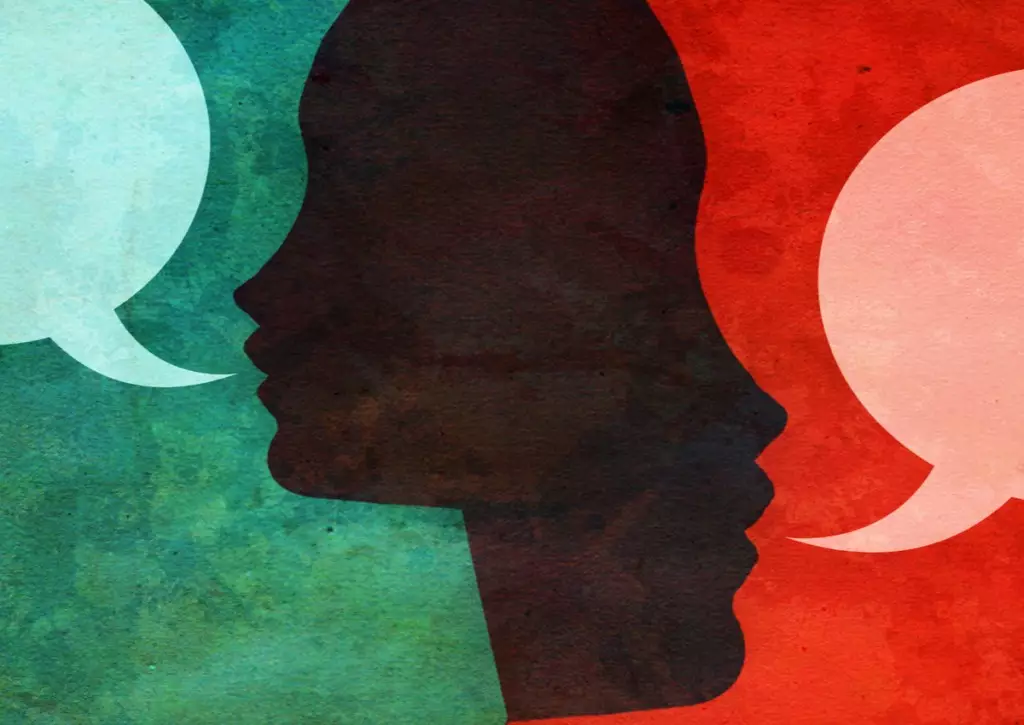In the rapidly evolving landscape of artificial intelligence, voice-based interfaces have become an integral part of our daily lives. From smartphones to home assistants, these technologies promise seamless interaction, yet they often fall short for a significant segment of the population—those with speech disabilities and atypical vocal patterns. While the mainstream narrative fixates on innovation and convenience, it tends to overlook a fundamental truth: access is a moral imperative. True technological progress should elevate human dignity, giving every individual the ability to be heard—not just in theory but in practice. This perspective demands a paradigm shift. AI should no longer be a mere tool for convenience; it must serve as a bridge that empowers marginalized voices and fosters genuine inclusion.
The Limitations of Traditional Speech Systems
Most commercial speech recognition systems are trained on datasets that represent a narrow slice of human speech—typically fast, clear, and standard language. As a result, they easily recognize well-articulated voices but falter when confronted with speech that deviates from these patterns. Patients with conditions like cerebral palsy, ALS, stuttering, or vocal trauma encounter frequent misinterpretation or total rejection from these systems. It’s not merely an inconvenience; it is a barrier to communication, self-expression, and autonomy. These shortcomings symbolize the industry’s failure to acknowledge the diversity of human speech and the urgent need for systems that adapt dynamically to individual differences.
Innovative Approaches Toward Inclusive Speech AI
The good news is that recent advancements in deep learning and transfer learning are challenging the status quo. By training models on specialized datasets—comprising nonstandard and atypical speech patterns—AI developers are creating more flexible recognition systems. Transfer learning enables these models to adapt pre-trained foundations to recognize unique speech signatures, even with limited data. Moreover, generative AI now facilitates the creation of personalized synthetic voices. For individuals who have lost their vocal identity due to illness or injury, this technology offers a means to preserve personal voice tone and emotional nuances, transforming digital communication from a sterile interaction into a deeply human connection.
Real-Time Assistance and Augmentation: AI as a Co-Pilot
One of the most promising innovations is real-time speech enhancement systems. These AI-powered tools act as conversation co-pilots, mitigating disfluencies, filling in pauses, and refining speech articulation on the fly. For users with speech difficulties, this isn’t just about clarity; it’s about feeling confident and authentic during interactions. For example, an individual with late-stage ALS might produce breathy or incomplete sounds. AI-driven systems can synthesize this residual speech into full, emotionally resonant sentences, restoring a sense of agency and connection. These systems blend multiple layers of processing—emotional analysis, contextual understanding, and articulation enhancement—delivering conversational outputs tailored to the user’s intent and emotional state.
Multimodal and Personalized Communication Tools
The future of inclusive AI isn’t limited to voice alone. By integrating multimodal inputs—such as facial expressions, eye movements, and residual vocalizations—these systems become more nuanced and responsive. For example, facial expression analysis can provide contextual cues that compensate when speech alone isn’t sufficient. Such combination allows AI to generate responses that resonate with the user’s emotional tone, making interactions more genuine and meaningful. Personalization is equally crucial; AI systems can learn a user’s vocabulary, speech idiosyncrasies, and preferred expression patterns, continually refining their understanding and responses. This creates a conversational ecosystem that isn’t just accessible but also deeply empathetic.
Empowering Human Diversity: Ethical and Market Implications
Inclusion driven by AI isn’t just an ethical responsibility—it’s also good business. The World Health Organization estimates that over a billion people globally live with some form of disability. Ignoring this demographic is a loss for both society and profit. Companies that prioritize accessible AI stand to unlock vast markets—aging populations, multilingual users, and those temporarily facing speech impairments. Furthermore, transparency and explainability in AI algorithms build essential trust. Users need to understand how their data is processed, especially in sensitive cases involving disabilities. Emphasizing privacy-preserving techniques like federated learning ensures continuous improvement while respecting individual rights.
Beyond Recognition: The Future of Compassionate AI
For decades, voice technology favored those who speak clearly and predictably. Today’s AI has the power to rewrite that narrative, listening more inclusively and responding with compassion. When systems are designed to interpret, generate, and adapt to human variability, they become true partners in communication—magnifying human dignity rather than diminishing it. The journey toward universally accessible voice technology requires not only technical innovation but an unwavering commitment to understanding the profound diversity of human speech and experience. Only then can AI fulfill its ultimate promise: to listen more broadly, respond more empathetically, and ensure that no one is left unheard.

